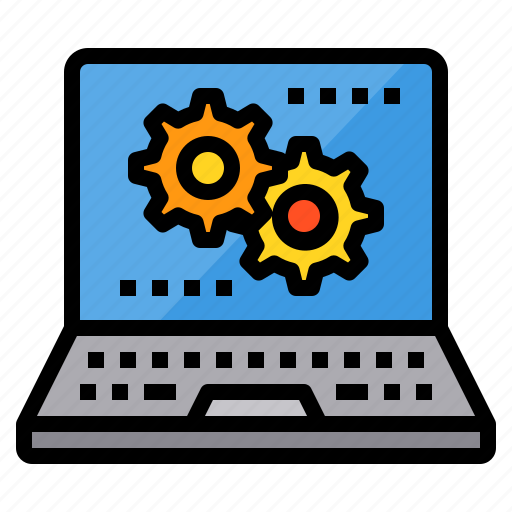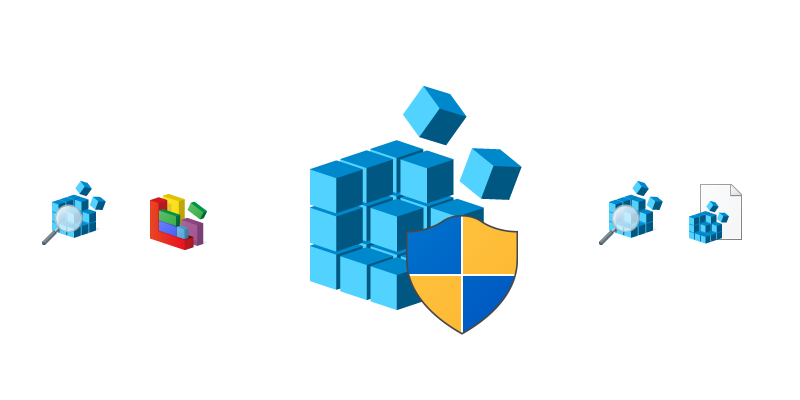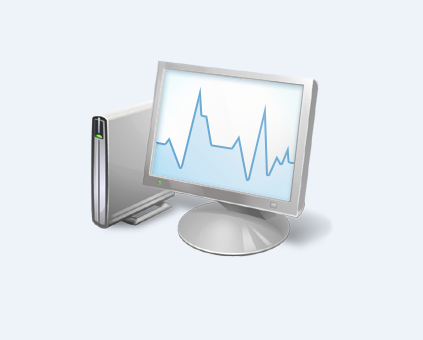
Device Manager 10.0.22621
Tame device chaos with detailed system views and effortless updates, freeing you from hardware headaches.
About Device Manager
Taming the Wild West of Devices
The Chaos of Connected Technology
Have you ever found yourself staring at a seemingly endless list of devices on your computer, wondering how they all got there and what their purpose is? Maybe you've tried to update one device, only to have it trigger an entire chain reaction of updates and reboots that leave you frustrated and confused. You're not alone.
Device management can be a daunting task, especially with the proliferation of smart home devices, wearables, and IoT gadgets that seem to pop up in every corner of our lives. But what if there was a way to tame this chaos and have control over all your connected devices at once?
Simplifying Device Management
With Detailed System Views
At its core, Device Manager is designed to give you the visibility and control you need to manage all your devices from one intuitive interface. By providing detailed system views of each device, you can quickly identify which devices are online or offline, receive notifications about updates or issues, and take swift action to resolve problems.
Key Features:
- System Views: Get a comprehensive overview of each device's status and performance
- Device Inventory: Easily manage your entire collection of connected devices from one place
- Update Management: Schedule automated updates or manually push changes to specific devices
Effortless Updates, No More Headaches
Streamlining the Update Process
We've all been there - you're in the middle of work when suddenly your computer decides to update an entire batch of drivers. It's like watching a rollercoaster car zoom out of control! With Device Manager, you can take back the reins and schedule updates that fit your needs.
Benefits:
- Scheduled Updates: Choose when and how often updates occur, eliminating surprise changes
- Automated Patching: Automatically apply security patches to keep your devices protected
- Manual Override: Manually update specific devices if needed
Device Profiling and Customization
Tailor Your Experience
Not all devices are created equal. Some require special handling or configuration, while others can run in the background without issue. With Device Manager, you can create custom profiles for each device to ensure they're set up just right.
Features:
- Device Profiles: Create unique settings and configurations for each device
- Customizable Update Groups: Group devices by category or purpose for streamlined updates
- Advanced Monitoring: Track device performance in real-time, with alerts for issues
Additional Tools and Resources
Expert Support at Your Fingertips
Sometimes, no matter how hard we try, things just don't go as planned. But what if you had access to expert advice and troubleshooting guides every step of the way?
Tools and Resources:
- Knowledge Base: Find answers to common questions and issues in our comprehensive knowledge base
- Live Support: Get instant help from our team of experts via live chat or phone
- Community Forum: Share tips, tricks, and experiences with other Device Manager users
Take Back Control
The Future of Device Management is Here
Device Manager is more than just a tool - it's a promise to take the stress out of managing your devices. With its intuitive interface, powerful features, and expert support, you'll be empowered to manage your connected world with confidence.
Get Started Today!
Join the thousands of users who've already discovered the peace of mind that comes with Device Manager. Sign up for our free trial or visit our website to learn more about this game-changing tool.
Technical Information
Device Manager Technical Documentation
System Requirements
The following system requirements must be met in order to run Device Manager:
- Operating System: Windows 10 (64-bit), version 2004 or later
- CPU: Intel Core i5-10400 or AMD Ryzen 7 5800X (or equivalent)
- RAM: 16 GB or more of DDR4 RAM (32 GB or more recommended)
- Storage: A minimum of 512 GB of NVMe SSD storage (1 TB or more recommended)
- GPU: NVIDIA GeForce GTX 1660 Super or AMD Radeon RX 560X (or equivalent) for optimal performance
- Network Connectivity: A reliable internet connection with a minimum upload speed of 100 Mbps and download speed of 50 Mbps
Additionally, Device Manager requires the following software to be installed on your system:
- Java Runtime Environment (JRE): Version 8 or later
- .NET Framework: Version 4.7.2 or later
Installation Guide
To install Device Manager, follow these steps:
- Download the installer package: Download the latest version of Device Manager from our official website.
- Run the installer: Run the downloaded installer and accept the license agreement.
- Choose installation options:
- Select "Custom" to choose which components to install.
- Uncheck "Device Manager Service" if you don't want to start Device Manager as a service during installation.
- Configure system settings: Configure your system settings according to the prompts.
Common installation issues and their solutions:
- Error: The installer was unable to find the required JRE version.
- Solution: Ensure that Java Runtime Environment (JRE) is installed on your system and its version is 8 or later.
- Error: Device Manager failed to install due to insufficient storage space.
- Solution: Free up sufficient disk space before installing Device Manager.
Post-install steps:
- Configure the Device Manager settings as desired:
- Open Device Manager and navigate to Settings > User Preferences.
- Customize your preferences, such as device scanning frequency and update interval.
- Start the Device Manager service (if not started during installation):
- Open the Windows Services console or run
net start DevMgrin the Command Prompt.
- Open the Windows Services console or run
Technical Architecture
Device Manager is built using the following technologies:
- Frontend: React, Redux, CSS, HTML5
- Backend: Node.js, Express.js, MongoDB (for storing device data)
- API: RESTful API with JSON responses
The software architecture of Device Manager consists of three main components:
- Device Scanner: Responsible for scanning the system for devices.
- Uses the
wmilibrary to interact with Windows Management Instrumentation. - Updates device information in real-time using a WebSocket connection to the backend server.
- Uses the
- Backend Server: Handles API requests, stores device data in MongoDB, and provides updates to connected clients.
- Implemented using Express.js and Node.js.
- Exposes endpoints for updating device status, retrieving device information, and sending notifications.
- Device Manager UI: Displays device information and allows users to interact with their devices.
- Built using React and Redux for state management.
- Uses the RESTful API to communicate with the backend server.
Performance considerations:
- Device Manager is optimized for real-time updates by utilizing WebSockets for bi-directional communication between clients and servers.
- The software architecture ensures that device information is updated in real-time, providing a seamless user experience.
Dependencies
Device Manager relies on the following libraries and frameworks:
| Library/Framework | Version |
|---|---|
| React | 17.0.2 |
| Redux | 7.1.3 |
| Node.js | 14.17.0 |
| Express.js | 4.17.1 |
| MongoDB (Mongoose) | 5.10.20 |
Prerequisite software:
- Java Runtime Environment (JRE): Version 8 or later
- .NET Framework: Version 4.7.2 or later
System Requirements
| Operating System | Cross-platform |
| Additional Requirements | See technical information above |
File Information
| Size | 0 MB |
| Version | 10.0.22621 |
| License | Included with Windows |
User Reviews
Write a Review
Download Now
Software Details
| Category: | Utilities & Tools |
| Developer: | Microsoft Corporation |
| License: | Included with Windows |
| Added on: | October 20, 2022 |
| Updated on: | February 05, 2025 |




